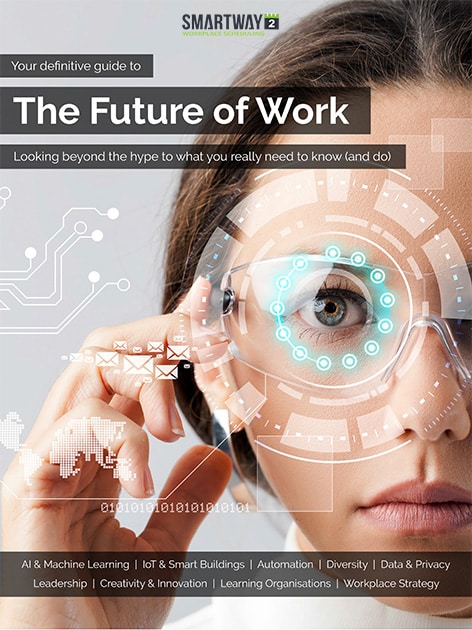
The Roles and Responsibilities of a Facilities Manager in 2020
Facilities Management is shaping up to be one of the most challenging, diverse business roles there is. To enable organizations to compete, Facilities Management and Real Estate teams are reaching far beyond maintaining physical infrastructure; towards enabling innovation, collaboration and productivity.
Talent attraction and development rank as top priorities on nearly every CEO’s agenda; and it’s up to facilities managers to deliver – by creating a differentiated workspace. A ‘living’ workspace that actively influences the behaviour of those who use it. Not only that, but the notion of a workplace is being challenged by the rise in agile working. Top talent often expects to work anytime, anywhere; so Facilities Managers are expanding their traditional boundaries to help a transient workforce get things done.
So what are the roles and responsibilities of a facilities manager?
Facilities Management is becoming less confined to assets and facilities; and more about facilitation. Facilities Managers have the power to facilitate change. That’s why we believe 2020 marks the beginning of a new era. An era of Transformational Facilities Management.
The most innovative, effective Facilities leaders are becoming agents of change. Tasked with balancing diverse business and end-user needs, they are masters of prioritization and ‘customer centric’ thinking.
The rise of customer-centricity and focus on end users has permeated almost every discipline within every organization. Facilities is no exception.
Think back to the release of the iPhone. Apple set a new bar, transforming our perceptions of how mobile devices should be. They were so easy to use that a toddler could get things done (aptly referred to as the ‘swipe before you can wipe’ generation!). Soon user experience design became a top priority for all app makers and software companies.
They had to create an experience that was quick, easy and enjoyable. Anyone providing a tricky, time-consuming, energy-sapping experience became vulnerable to customer-centric competitors stealing their lunch.
Now the same is happening in the workplace. People want fast, easy access to one-another; and to the tools, data, desks, meeting rooms and other facilities they need to do their best work.
High expectations for facilities managers
The expectations of today’s workforce are higher than ever. Quick, easy and enjoyable are no longer enough. New standards are being set for flexibility and personalization.
Our tools and environment must do no less than embody – and help to create – our brand and culture. That’s why Transformational Facilities Management demands that Facilities professionals become employee experience designers.
Facilities managers’ role in experience design extends beyond the basics of health and safety, security and compliance. Beyond the bottom line. Facilities’ role in experience design is pivotal in attracting and developing diverse talent. In spurring innovation, creativity and agility. In creating a culture that embodies the values and vision of their organization, across every touchpoint.
Facilities professionals influence the wellbeing and output of their end users, no less – whether employees, contractors, partners or visitors. A role with such breadth, scope and impact seems daunting.
How will we up-skill and prepare for this new era? How can we ensure we walk the walk of Transformational Facilities Management, in order to deliver extreme value?
In reality, the Facilities profession is facing a major talent crisis. The average age of Facilities Management professionals in the US is 49, while only 1% of college graduates plan to choose Facilities as their career.
Amongst millennials, awareness that Facilties Management even exists is particularly low. One study showed that only 43% of millennials working in STEM fields – with skillsets relevant to the industry – have heard of ‘Facilities Management’. And how many had an understanding of the profession?
There’s also a clear gender bias. Among those who did have an awareness of what Facilities Managers do, only 36% were women. The Facilities industry is in serious need of a rebrand.
Without raising awareness of the role and repositioning it to reflect the true breadth and depth of a 21st-century Facilities professional – we risk losing the war for talent. It’s time for innovators to step forward and influence not only the next generation; but the perception of the part they play in creating the ideal organization of the future.
Download eBook: The Future of Work
Your definitive guide to the future of work. Looking beyond the hype to what you really need to know (and do). Topics include machine learning, smart buildings, automation and more!



